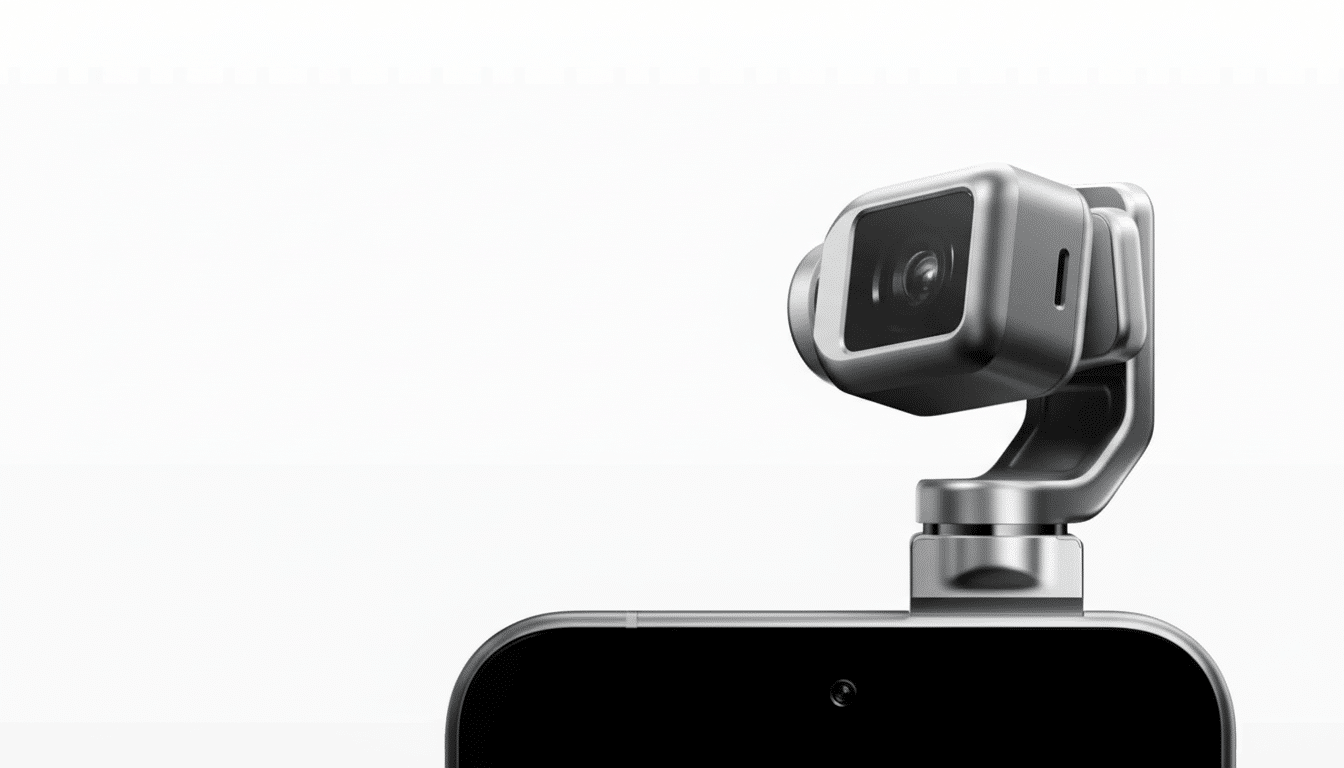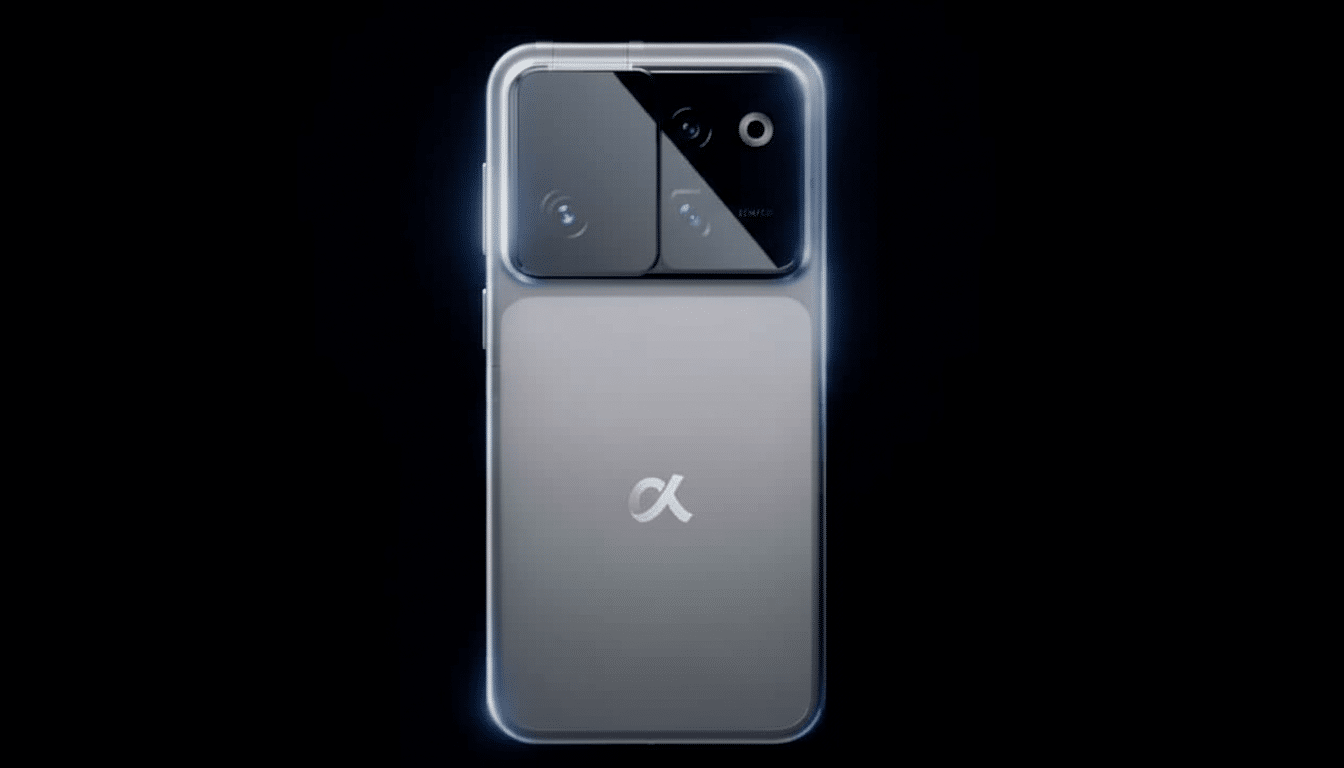We could perhaps see another gimmick from Honor as well, which in the past it has used to garner interest.
New teaser for “The next big thing.”

It might also be a real motorized camera gimbal that goes upward and then hides behind some kind of sliding panel on the back?! pic.twitter.com/KFkzpheNpb
If it’s delivered as advertised, you could theoretically obtain accessory-grade stabilization on a smartphone without the hassle of using a dedicated rig.
Why a Built-In Smartphone Gimbal Is Important Today
External gimbals have long been the shortcut to butter-smooth, cinematic video — but most people leave them at home. Phones use what’s called optical and electronic stabilization, which can work for handheld clips but might get tripped up by bumpy motion, low light, or complex panning. One could imagine the phone having a mechanized gimbal built into it, providing multi‑axis, real-time correction that kept horizons level, pans fluid, and subjects locked in frame — all without needing a bag to carry the whole thing around.
The timing is right. According to IDC, more than a billion smartphones ship every year, and video is the number one content creation tool for many of these buyers. A built-in gimbal is the type of visible and experiential upgrade that users immediately see benefit from, not just a spec-sheet bump.
What the Honor Robot Phone Teaser Actually Reveals
Honor’s snappy video on X introduces a “Robot Phone,” which features a camera head that pops out of the back island and slides into a closed position when covered. The module seems to articulate on several axes, nodding and swiveling as if to track a moving subject while the phone itself stays put. The demo suggests subject tracking, framing aid, and perhaps autonomous shooting modes like hands-off time-lapses or follow shots without a tripod.
The company says we can expect to learn more at Mobile World Congress, hinting that it believes in its hardware enough to show it off in person rather than a purely digital form.
Engineering Challenges and Real-World Trade-Offs
Getting a true gimbal in a phone is tough. Motors, gears, and a hinge system make it thicker and heavier; power draw from active stabilization can drain the battery; moving parts complicate water and dust resistance. The sliding panel hiding the gimbal has to close shut with a big, satisfying “thunk,” survive hundreds of falls, and keep out pocket lint. Reliability testing will be key — motor lifespan and durability over shock are what separate this from a showpiece to a pure feature for a daily driver.
The quality of the image is all about that sensor and the optics hanging off that gimbal. And if the module is actually smaller, you’ll have to process it smartly in order to compete with today’s large-sensor flagships. Ideally, the gimbal would be used in tandem with, rather than as a replacement for, traditional optical stabilization and advanced electronic stabilization, providing layered correction that prevents unsteady footage while sprinting, under low light when walking, or tilting during action sports.

How It Compares to Previous Phones and Concepts
We’ve seen mechanical ambition before. Vivo’s X50 Pro added a “micro-gimbal” stabilization system around the primary camera sensor, which the company said offered far greater correction than conventional OIS. Oppo’s N3 featured a motorized swivel camera that could close and become the front and rear shooter. Asus took high-quality selfies with a flip camera. While those designs had their benefits, they didn’t go as far as a discrete articulating gimbal head that can refract the scene on demand.
There are also pocket-size cameras like the DJI Osmo Pocket 3 that show how small gimbals can produce silky tilts and pans along with solid subject tracking. Translating that to a phone, without ruining ergonomics or battery life, could be a true game-changer — particularly if it works seamlessly with native camera modes instead of pushing you into another app.
Actual Gains If Done Right for Everyday Shooters
Outside of vlogging, a stabilized and steerable camera enables creative as well as practical tricks: hands-free video calls that keep a speaker centered, classroom demonstrations where the phone sits on a desk while the camera follows an instructor, smooth hyperlapses that hide footsteps or wobbling, and low-light video that depends less on high ISOs and more on stable exposure.
There’s the accessibility angle, too: users with hand tremors might be able to capture more stable clips without additional gear.
Social creators will benefit from easy setup with the ability to maintain consistent framing and automatic tracking. If gimbal developers open up the APIs, third-party apps could script out motion paths or execute reliable product pans and even work across multi-cam shoots with clockwork, robotic moves.
What to Keep an Eye Out for at MWC This Year
Key specs will tell the tale.
- The size of the sensor and optics in the gimbaled module
- Axes stabilized, or how many dimensions it can tilt
- Degrees of motion and maximum panning speed — a big factor with handheld devices
- Tracking latency
- Impact on battery life per minute of active stabilization
- Durability metrics — ingress protection rating, rated actuation cycles for the sliding panel, and drop resistance
Equally important is software. Check for horizon lock, subject detect-and-track, programmable motion, and how well it works between gimbaled and standard cameras as well as in third-party apps like Instagram or TikTok. Given what Honor has already shown it can do, if it gets those details right and keeps things pocketable, this isn’t a gimmick — it’s a genuine rethink of how we capture video on the go.
Ambitious? Absolutely. But if the company delivers what it teased, we may be getting our first phone that makes shooting with a dedicated gimbal seem optional for regular creators.

